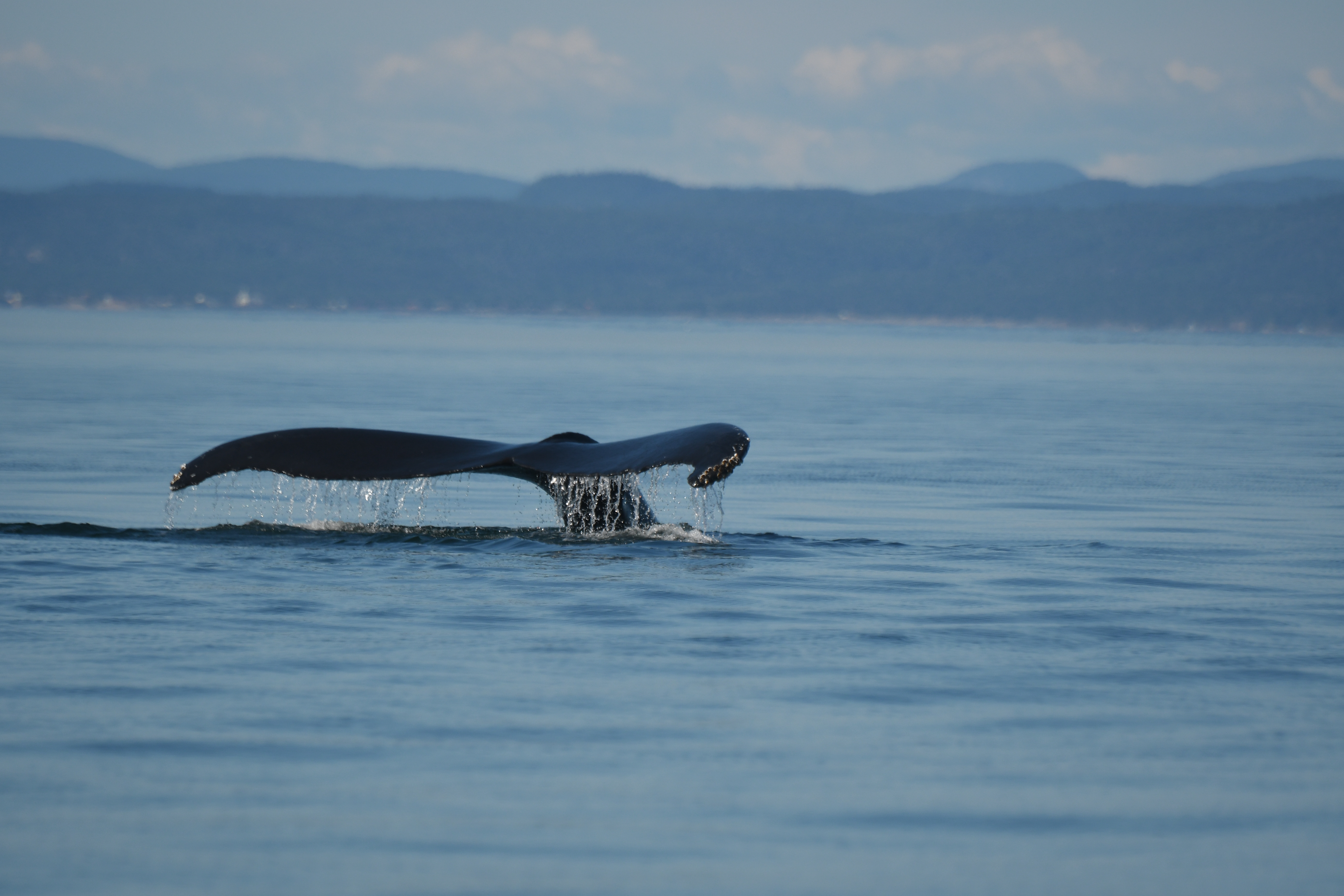The narwhal, sometimes called the unicorn of the sea, is not an imaginary creature. It is a real animal, but it has one exceptional ability: to perceive its environment with remarkable accuracy using… sound! Researchers have recently discovered that by emitting pulsing sounds, like a flashlight turning on and off, the narwhal can create an acoustic image of its environment with a resolution greater than any other animal on the planet, except, perhaps, the beluga.
Like all whales, the narwhal must come up to the surface to breathe, every 4 to 6 minutes on average in its case. However, unlike the majority of other whale species, narwhals spend most of their lives in the extreme conditions of the Arctic Ocean, where ice and darkness prevail the better part of the year. Despite these conditions, the narwhal manages to find cracks in the ice to breathe and it captures fish and other prey more than a mile below the surface, in total darkness.
“You don’t see open water for miles and miles and suddenly there’s a small crack, and you’ll see narwhals in it,” says Kristin Laidre, an ecologist from Washington University who led the study, to The New York Times. “I’ve always wondered how do these animals navigate under that, and how do they find these small openings to breathe,” she continues.
Intrigued as to how climate change and an ice-free Arctic Ocean might affect narwhal behaviour in the future, researchers tracked these whales aboard helicopters. Knowing that narwhals use echolocation – by sending pulsating sounds that reflect off of objects in their environment – they placed microphones under water and they listened.
Pulsing sounds – up to 1,000 clicks per second – are produced in organs known as phonic lips or “monkey lips”. They are inaudible to the human ear, but are detectable by special submarine microphones. The sounds are emitted from the narwhal’s head, which functions like a glass lens, focusing the sound and sending it into a narrow beam that moves in the water and strikes whatever lies in its path, explains bioacoustician Jens Koblitz, who participated in the study, to The New York Times. When the echoes bounce back, the animal perceives them with the fat pads in its lower jaw.

Does the narwhal’s tusk, which in fact is a long tooth and which has been a source of mystery and legend since Viking times, serve as an antenna for sending or receiving sounds? According to Dr. Laidre, this is unlikely, as male and female narwhals that lack this long tooth seem to be just as capable of echolocation as those that have one. Experts believe that this tusk plays a role in competition for access to females, similar to the antlers of a deer or the mane of a lion, and/or plays a sensory role, allowing the animal to sense subtle changes in temperature, salinity or pressure.
However, despite the narwhal’s ability to obtain acoustic images of its environment at an exceptional resolution, navigational errors are still possible, as evidenced by the presence of a narwhal in the waters of the St. Lawrence this past summer, hundreds of kilometres away from its normal range! Will it still be among the St. Lawrence belugas next year, or will it manage to find its way back to its peers?

Sources:
Narwhals, Tusked Whales of the Arctic, See With Sound. Really Well. (The New York Times, November 9, 2016)
Narwhal (Canadian Wildlife Federation)





